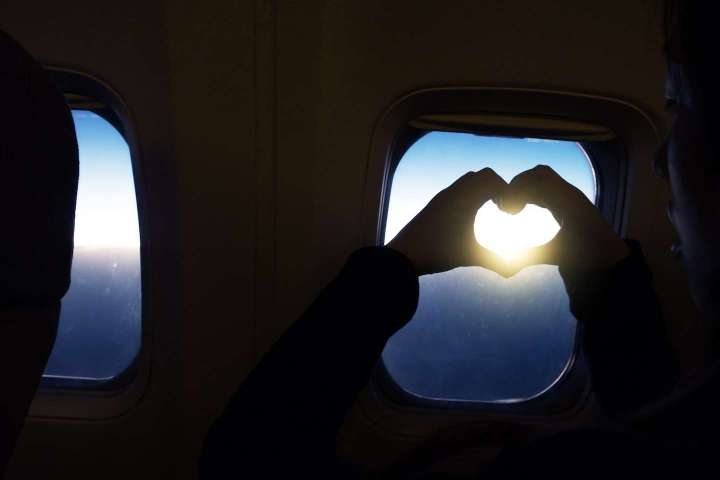For generations, people who live between the East and West coasts have been accustomed to being ignored. To live in Middle America was to live in the middle of nowhere — flyover country, or maybe the Rust Belt.
Flyover no more. Middle America is having a moment.

The first big test of the United States’ post-Roe v. Wade reality came last month in Kansas, which delivered a message that seemed to stagger everyone on both sides of the matter when voters overwhelmingly rejected an abortion ban that conservative legislators had confidently put before them.
Two more abortion verdicts will come out of Middle America in the November midterms when Kentucky voters consider an amendment declaring that there is no constitutional right to abortion in the state, and when Michigan voters decide whether to safeguard abortion rights.
At some points this summer, so many areas in the middle of the country had flooded that it seemed like a tsunami was slowly washing through the region. In late July, St. Louis and eastern Kentucky were hit by separate, recording–breaking deluges that claimed dozens of lives. A few weeks later, heavy rain caused flooding and infrastructure collapse in Jackson, Miss., cutting off the city’s entire water supply. Some residents were without water for up to three weeks.
The city had already been under a boil-water directive for weeks — not uncommon in Jackson, and all too reminiscent of tainted-water scandals in the Michigan cities of Flint and Bar Harbor. All are majority-Black cities, and in Jackson, activists accused generations of politicians of racist neglect, echoing charges made in those cities in the upper Midwest.
The country’s midsection has been so much in the spotlight that next month veteran public broadcaster Jeremy Hobson is launching “The Middle,” a series of live call-in radio specials exploring subjects such as the opioid epidemic and inflation, and how they affect the lives of millions of people living, well, you know where. It will be heard on nearly 470 public radio stations in 42 states, and in 21 of the top 25 markets.
“Since I was 17, I’ve been working in public radio, and I’ve always thought it had a coastal bias,” Hobson, with whom I worked when he was a co-host of NPR’s “Here & Now,” tells me. “The thing is, so many important things happen in the middle of the country.”
But Hobson, who grew up in central Illinois, cautions against lumping the non-coastal areas together under one umbrella. “Look, Phoenix is not the same as Des Moines, and is not the same as Nashville and Cincinnati and Cleveland and Detroit. They’re all very different places, but they are all part of this country” — and “all have a lot of power in determining” its future.
He says he has found one similarity among many of these middle-Americans: “They don’t spend every waking minute thinking about politics. They make decisions based on what’s important in their lives.” He hopes to highlight those concerns.
My sense is that “flyover” country started to become unignorable when the pandemic started: Suddenly, in the big population centers on the coasts people woke up to how much they depend on largely out-of-sight states. Alarms went off over bottlenecks at meatpacking plants in the Plains states, automakers (starved of semiconductor chips) across the Midwest and South, and lumber mills in the Northwest and elsewhere.
In 2014, I drove from Michigan to Arizona in my trusty Toyota Prius for a job in Phoenix, taking my time so I could visit states that I had mostly seen only from airplane windows. I stopped in Emporia, Kan., the home of William Allen White, who a century ago was nationally renowned as the editor of the Emporia Gazette. I was cheered to see his name appear on Emporia’s sign welcoming visitors to town.
White attracted droves of notable people, including Theodore Roosevelt and Albert Einstein, to the small town, where his comfortable home, Red Rocks, has been preserved as a historic site.
In 1922, as the country wrestled with social and economic woes, White offered some reassurance, writing: “This nation will survive, this state will prosper, the orderly business of life will go forward,” as long as people can “utter what their hearts hold.” He added: “Reason has never failed” humanity. “Only force and repression have made wrecks in the world.”
The headline? “To an Anxious Friend.” That quintessential commonsense voice coming out of the Great Plains could have been writing today.






